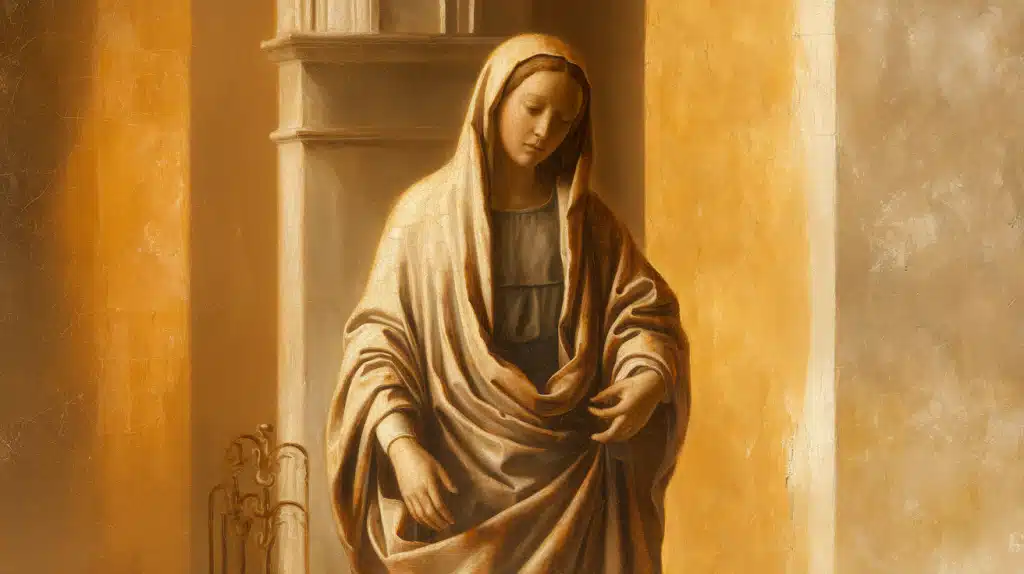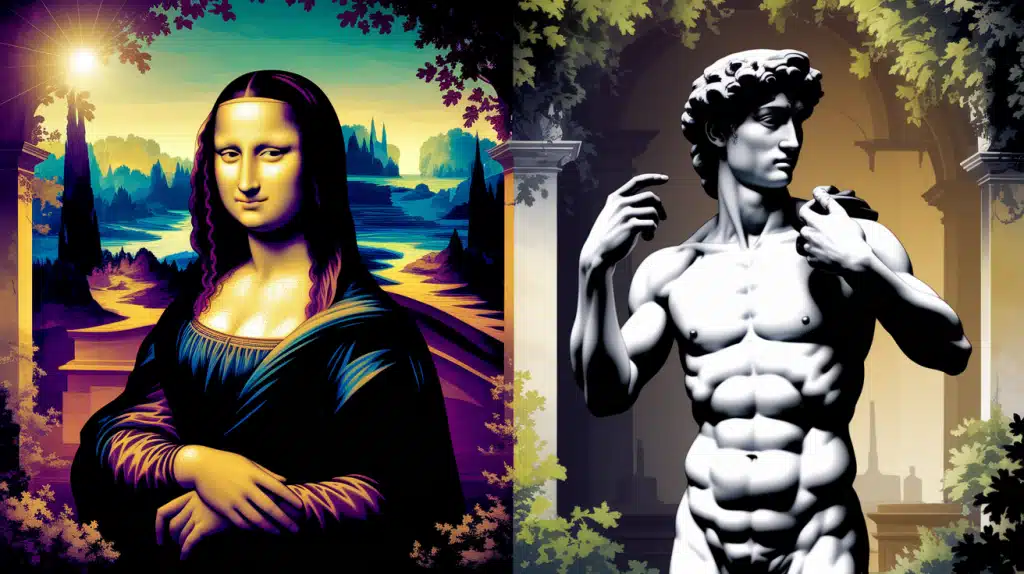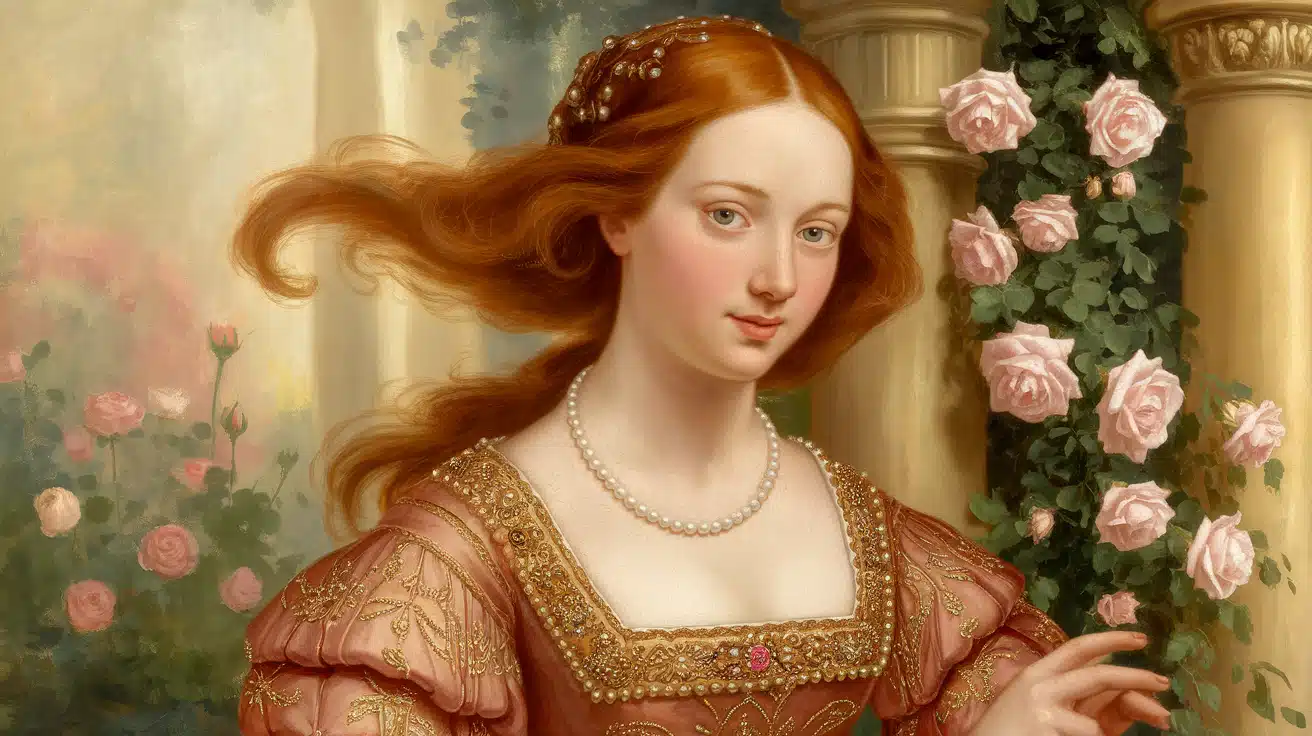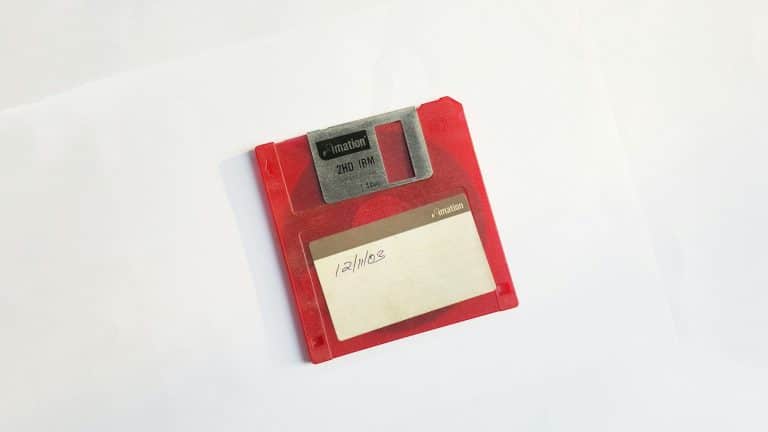Renaissance Art: Features that Defined a Golden Age
You want to understand what made Renaissance art so special and different from everything that came before it. The artistic explosion between the 14th and 17th centuries transformed our understanding of beauty, human nature, and creative expression forever.
Most people are familiar with famous names like Leonardo da Vinci and Michelangelo, but they often fail to fully grasp the specific techniques and innovations that made these artists legendary.
We’ll show you the seven key Renaissance art characteristics that define this period, from revolutionary perspective techniques to dramatic light-and-shadow effects.
This guide breaks down complex art history into simple, clear explanations that help you recognize and appreciate Renaissance art features in museums, books, or online galleries.
What Is Renaissance Art?
Renaissance art refers to the artistic movement that flourished between the 14th and 17th centuries, marking a major shift from medieval traditions to more realistic and human-centered creativity.
The history of Renaissance art originated in Italy and spread across Europe, characterized by a focus on naturalistic representation, classical themes, and technical innovation.
The Renaissance art period is divided into three key phases: the Early Renaissance (1400-1490) concentrated in Florence with artists like Donatello, the High Renaissance (1490-1520) centered in Rome featuring masters like Leonardo da Vinci and Michelangelo, and the Late Renaissance (1520-1600) which expanded to Venice and other regions.
These influential locations became cultural hubs where artists studied classical Greek and Roman works, developed new techniques like linear perspective, and created masterpieces that still inspire us today.
Iconic Examples of Renaissance Art
- “The Last Supper” by Leonardo da Vinci
- “The Creation of Adam” by Michelangelo
- “The School of Athens” by Raphael
- “David” by Donatello
The Artistic Genius of the Renaissance: Top Characteristics

1. Realism and Naturalism
Renaissance artists studied human anatomy through direct observation and dissection. They painted people with accurate proportions, realistic facial features, and natural body movements.
Artists like Leonardo da Vinci created detailed anatomical drawings that showed muscles, bones, and organs with scientific precision. This focus on realism in Renaissance art made paintings look more lifelike than ever before.
2. Use of Perspective
Linear perspective became a major breakthrough in Renaissance painting techniques. Artists used vanishing points and mathematical principles to create the illusion of three-dimensional space on flat surfaces.
Atmospheric perspective added depth by making distant objects appear lighter and less detailed. These Renaissance art features helped viewers feel like they were looking through a window into real scenes.
3. Emphasis on Individualism
Renaissance portraits captured unique personalities and individual characteristics rather than generic representations. Artists painted specific facial expressions, personal clothing styles, and emotional states that made each subject distinct.
Self-portraits became popular as artists wanted to showcase their own identities and skills. This focus on the individual reflected the humanist values of the Renaissance period.
4. Classical Influence
Greek and Roman art and architecture provided major inspiration for Renaissance creators. Artists studied ancient sculptures, buildings, and decorative patterns to learn classical proportions and design principles.
They borrowed mythological themes, architectural elements like columns and arches, and idealized human forms from antiquity. This classical revival helped distinguish Renaissance art from medieval styles.
5. Chiaroscuro (Light and Shadow)
The dramatic use of light and shadow created volume and depth in Renaissance paintings. Artists carefully controlled where light fell on subjects to make them appear three-dimensional and sculptural.
Dark backgrounds are often contrasted with brightly lit figures to create emotional impact and focus attention. This technique, perfected by masters like Caravaggio, became a signature element of Renaissance art.
6. Fresco and Oil Painting Techniques
Fresco painting on wet plaster allowed artists to create large, durable wall paintings in churches and palaces. Oil painting, introduced from Northern Europe, gave artists more time to work and blend colors smoothly.
These new mediums offered greater color richness, fine detail, and artistic flexibility than earlier tempera paints. Technical innovations helped Renaissance artists achieve their realistic goals more effectively.
7. Symmetry and Balance
Renaissance compositions followed mathematical principles of harmony and proportion in their visual arrangements. Artists carefully balanced figures, architectural elements, and decorative details to create pleasing, orderly designs.
The golden ratio and other geometric relationships guided the placement of important elements within paintings and sculptures. This structured approach reflected Renaissance beliefs about beauty, order, and perfection in art.
Famous Renaissance Artists and Their Signature Styles

- Leonardo da Vinci – Leonardo da Vinci’s art is renowned for its anatomical accuracy and sfumato, a soft blending technique that creates smoky, atmospheric effects in paintings such as the Mona Lisa.
- Michelangelo – Michelangelo Renaissance artist, mastered sculptural forms with dramatic intensity, creating powerful figures like David and the Sistine Chapel ceiling frescoes that show muscular, heroic bodies.
- Raphael – Raphael’s work displayed perfect clarity, grace, and compositional harmony, with balanced arrangements and serene expressions seen in masterpieces like “The School of Athens.”
- Donatello – Donatello pioneered innovative sculpture techniques and bronze realism, creating the first free-standing nude sculpture since antiquity with his famous bronze David statue.
Renaissance Art vs. Medieval Art: Key Differences
| Feature / Aspect | Medieval Art | Renaissance Art |
|---|---|---|
| Time Period | 5th to 14th century | 14th to 17th century |
| Primary Themes | Religious (Christianity-focused) | Religious, mythological, and humanist |
| Style | Flat, symbolic, and stylized | Realistic, naturalistic, proportionate |
| Perspective | Lacked depth and linear perspective | Mastered linear and atmospheric perspective |
| Human Depiction | Unrealistic, generic faces | Anatomically accurate, emotionally expressive |
| Use of Light & Shadow | Flat colors, minimal shading | Chiaroscuro (dramatic light and shadow) |
| Mediums | Tempera on wood panels, gold leaf | Oil paints, frescoes, canvas |
| Architecture Influence | Gothic, Romanesque | Classical Roman and Greek |
| Famous Artists | Giotto, Cimabue | Leonardo da Vinci, Michelangelo, Raphael |
| Function of Art | Didactic, for religious instruction | Aesthetic, intellectual, spiritual, and secular use |
Legacy and Influence of Renaissance Art
The impact of Renaissance art continues to shape creative expression across multiple fields today, from fine arts to digital design. Modern artists still use perspective techniques, chiaroscuro lighting, and realistic human proportions developed during the Renaissance period.
Architecture borrows classical elements, such as columns, domes, and symmetrical facades, that Renaissance masters revived from ancient Greece and Rome.
Art education programs worldwide teach Renaissance drawing methods, color theory, and composition principles as fundamental skills.
Renaissance art continues to influence everything from movie cinematography and video game design to fashion photography and graphic arts.
Museums, galleries, and cultural institutions continue to draw millions of visitors who seek to experience these timeless masterpieces, proving that Renaissance innovations remain relevant and inspiring centuries later.
Conclusion
Renaissance art characteristics represent one of history’s most important artistic movements, combining technical innovation with human-centered themes.
The key features we studied, ranging from realistic anatomy to dramatic chiaroscuro effects, demonstrate how artists such as Leonardo da Vinci, Michelangelo, Raphael, and Donatello revolutionized the art form.
Understanding these characteristics helps you appreciate why Renaissance masterpieces still move us today. The techniques developed during this period laid the foundation for all modern art forms.
Next time you visit a museum or browse art online, you’ll recognize the perspective tricks, balanced compositions, and lifelike details that make Renaissance works so compelling.
What Renaissance artwork speaks to you most? Share your thoughts in the comments below and let us know which characteristic surprised you the most.
Frequently Asked Questions
What Are the Key Characteristics of Renaissance Art?
Realism, perspective, individualism, classical influence, chiaroscuro, innovative techniques, and balanced compositions.
What Are the 7 Characteristics of the Renaissance?
Realistic anatomy, perspective, individual expression, classical inspiration, light-shadow effects, oil painting, and visual harmony.
What are the Three Major Themes that you Will See in Renaissance Art?
Religious subjects, classical mythology, and humanistic portraits.








